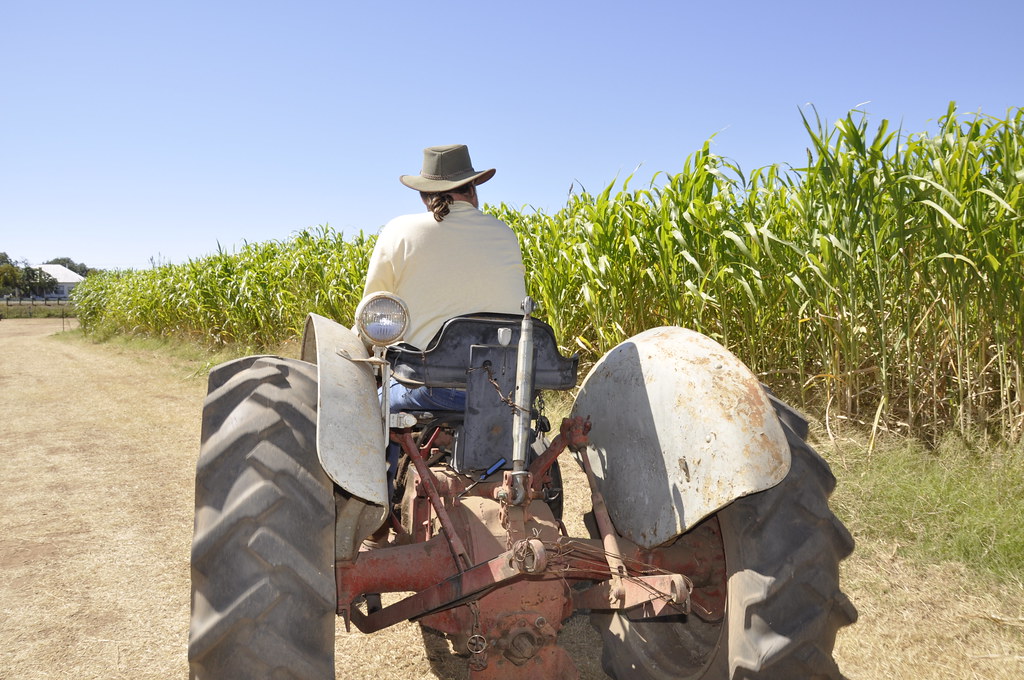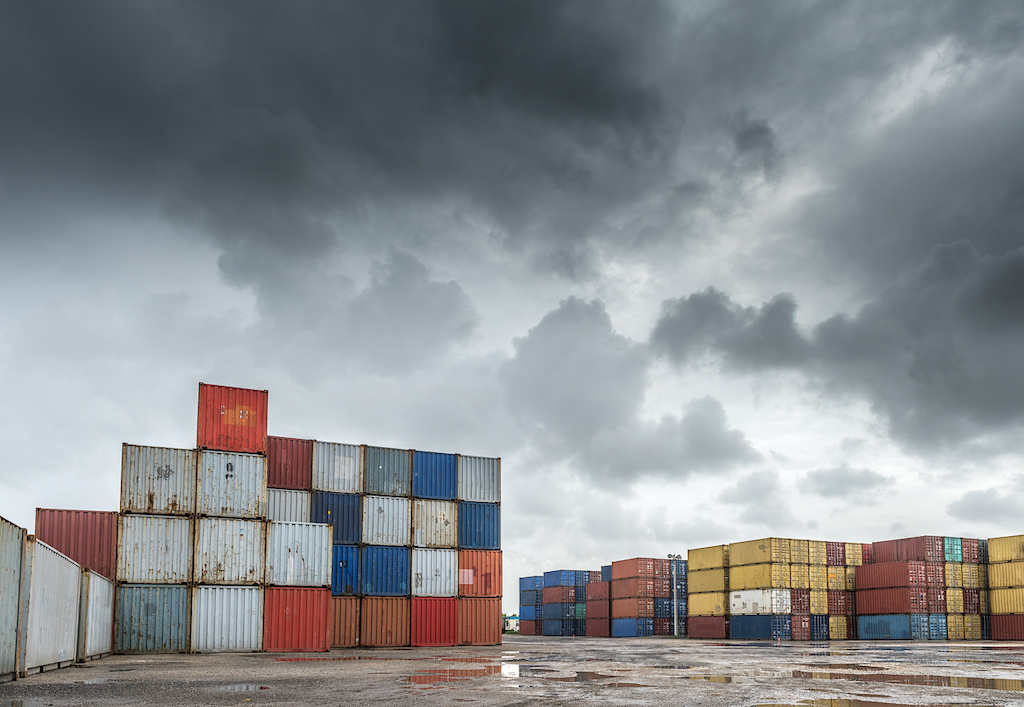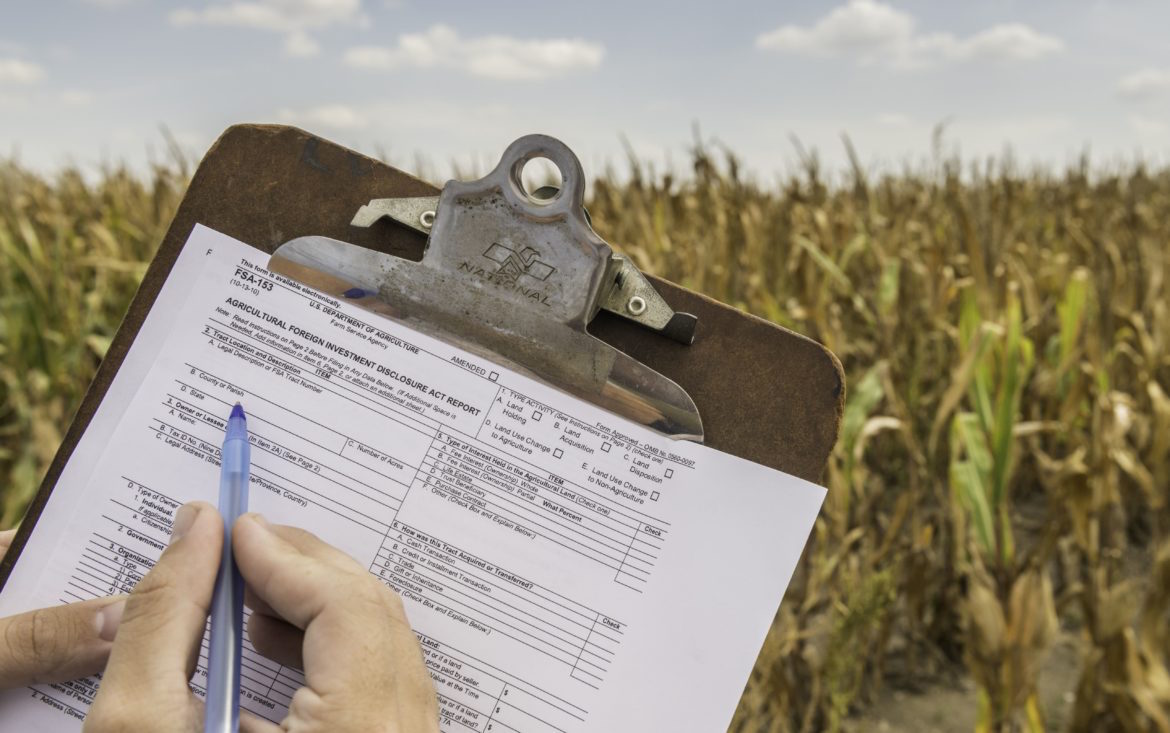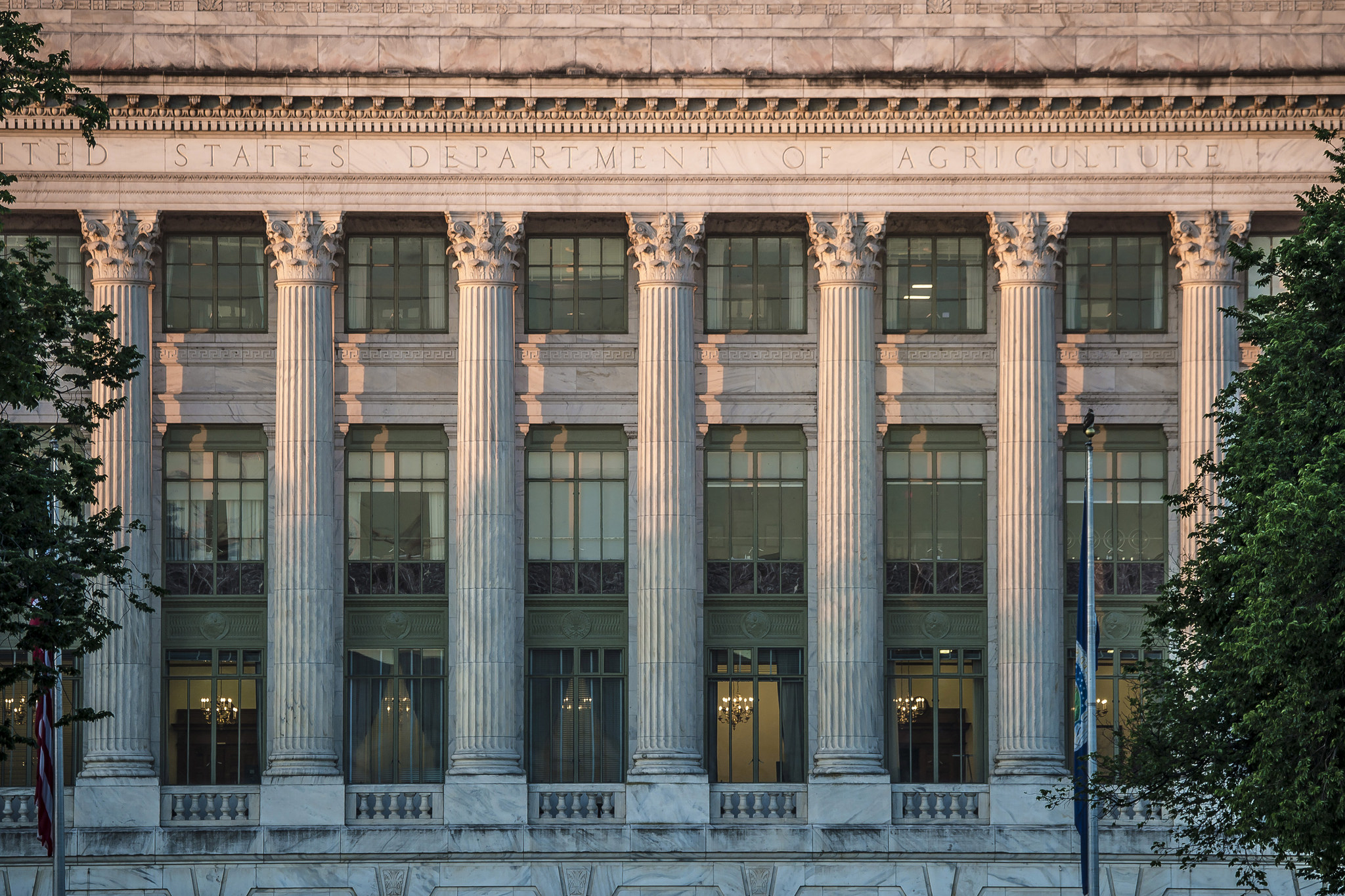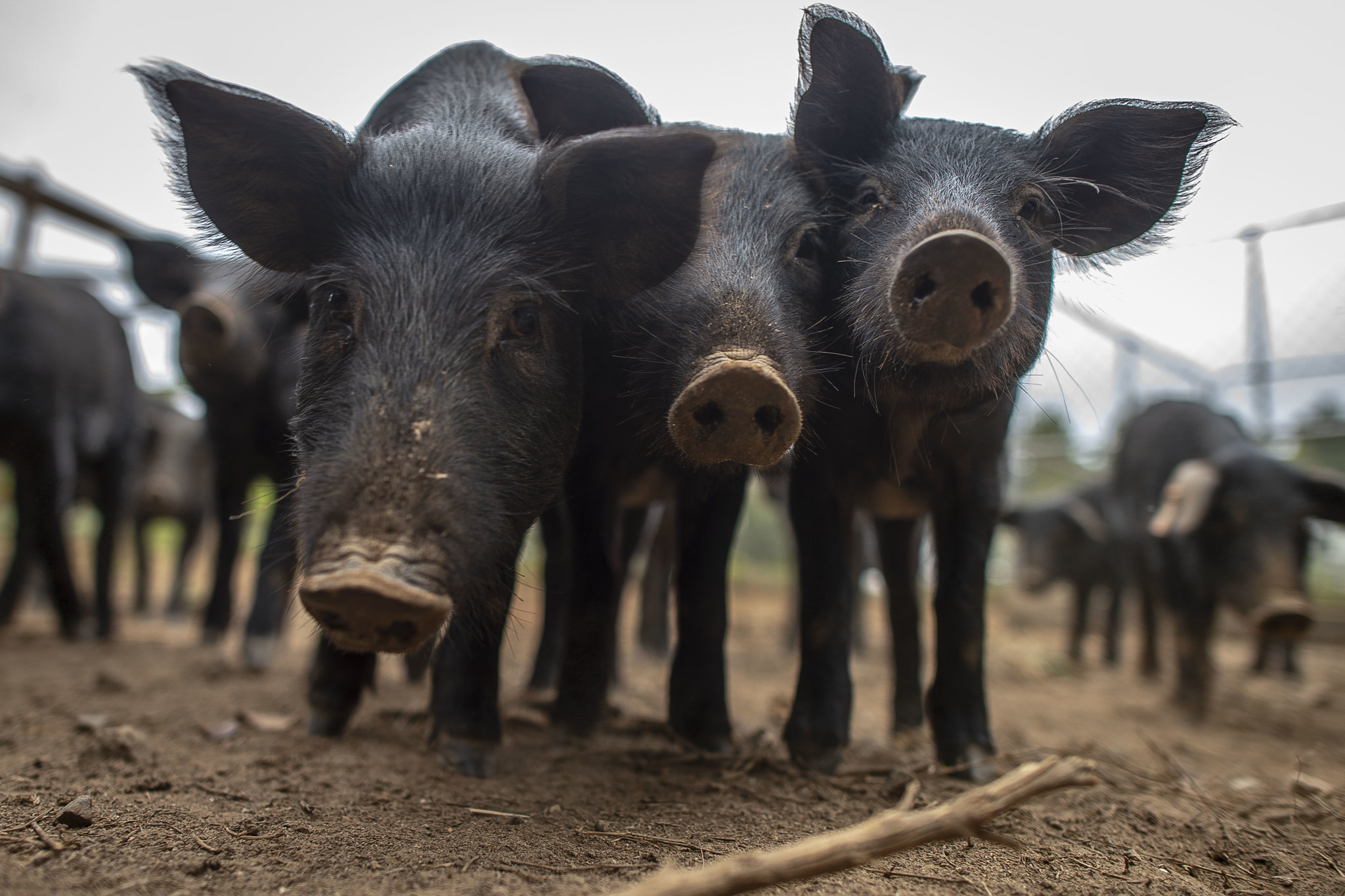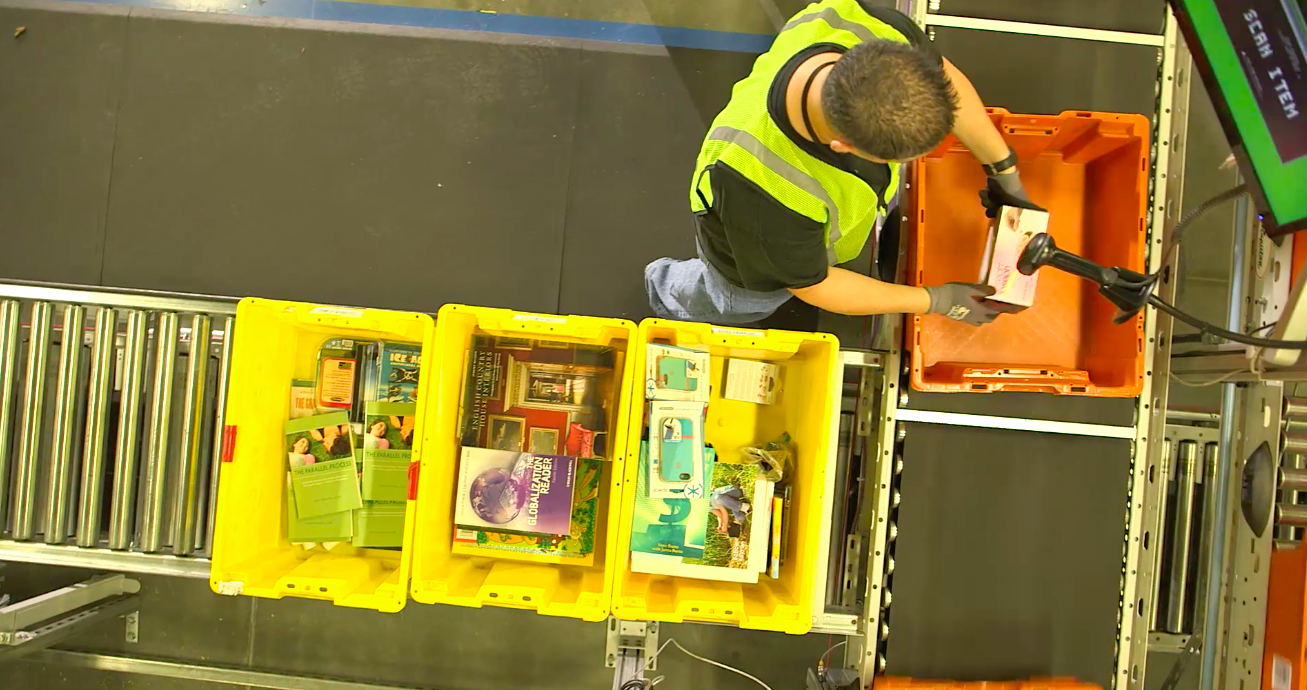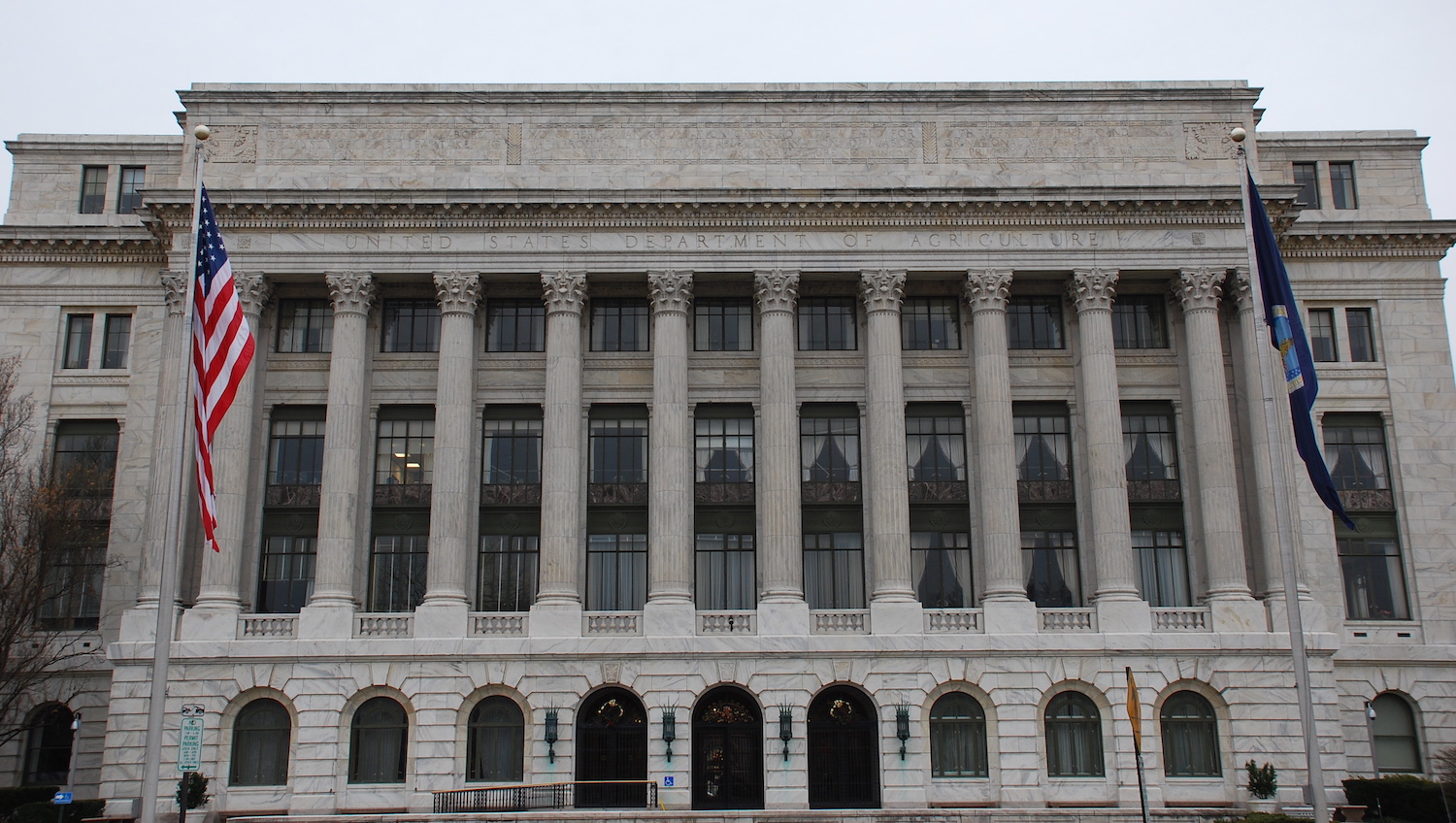Last July, the Trump administration announced a major new subsidy program designed to help farmers weather America’s ongoing trade war with China. That initiative—dubbed the Market Facilitation Program (MFP)—has become the single largest source of subsidies for farmers.
The following essay is adapted from an article originally published by the Farm Bill Law Enterprise.
While many writers have documented the struggles of farmers affected by the trade war, few have scrutinized the distributional effects of the MFP. The Environmental Working Group (EWG) has documented that the program has disproportionately helped wealthy landowners and a recent analysis by Donald Carr, a senior advisor for EWG, argues that the MFP has deepened the disadvantages of black and minority farmers.
We extend EWG’s analysis with data we obtained from a Freedom of Information Act (FOIA) request. The MFP has almost exclusively benefitted white men and their families, who appear to be disproportionately upper middle-class or wealthy. These payments further entrench already drastic inequalities in agriculture, along racial, ethnic, gender, and class lines.
The White House announced the MFP in response to large, retaliatory tariffs that the Chinese government imposed on most agricultural products from the U.S. in April 2018. Prior to 2018, China had either been the largest or second largest buyer for U.S. agricultural goods each year since 2008. Agricultural exports to this massive market declined quickly after the tariffs were put into place, reducing the prices farmers received for many important commodities, especially soybeans. In response, the Trump administration announced in July 2018 that it would provide farmers with up to $12 billion in aid to help them make up for lost revenue from the trade war.
These payments are large enough to constitute the single largest source of subsidies for farmers. During the Obama administration, the federal government provided operators with roughly $15 – $20 billion annually through agricultural subsidy programs. These subsidies were primarily distributed through crop insurance, commodity payments, and conservation programs, which, together, make up the modern farm safety net. The MFP is larger than any of these single programs and has substantially increased the amount of subsidies farmers are receiving.
Not only did almost all of the funds go to white operators, but an overwhelming share of the funds appear to have gone to upper-middle class and wealthy families.
Similar to other USDA subsidies, the MFP has overwhelmingly favored white and male producers. We recently received data from a FOIA request that show the department has funneled more than 99 percent of bailout funds to white operators.
As of today, USDA has distributed more than $8.5 billion to farm operations through the MFP. Of the approximately $8 billion distributed to operations whose owners’ race could be identified, 99.5 percent went to white business owners. Of the more than $6.8 billion distributed to operations in which the owners’ gender could be identified, more than 91 percent went to male business owners. “White farm operators” here includes white Hispanics, but they only account for about 0.1 percent of the total. In other words, non-Hispanic white operators received 99.4 percent of all MFP payments.
The racial disparities are just as stark in states with sizable non-white farmer populations. In Mississippi, for example, where 38 percent of the population is black and 14 percent of farms have a black principal operator, according to the 2017 Census of Agriculture, only 1.4 percent of the $200 million distributed to farmers through the MFP went to black operators.
Not only did almost all of the funds go to white operators, but an overwhelming share of the funds appear to have gone to upper-middle class and wealthy families. The average family that produces soybeans has a much higher income—and a lot more wealth—than the average family in the U.S. But a disproportionate share of MFP money has been paid out to families operating large-scale farms, who have even more wealth.
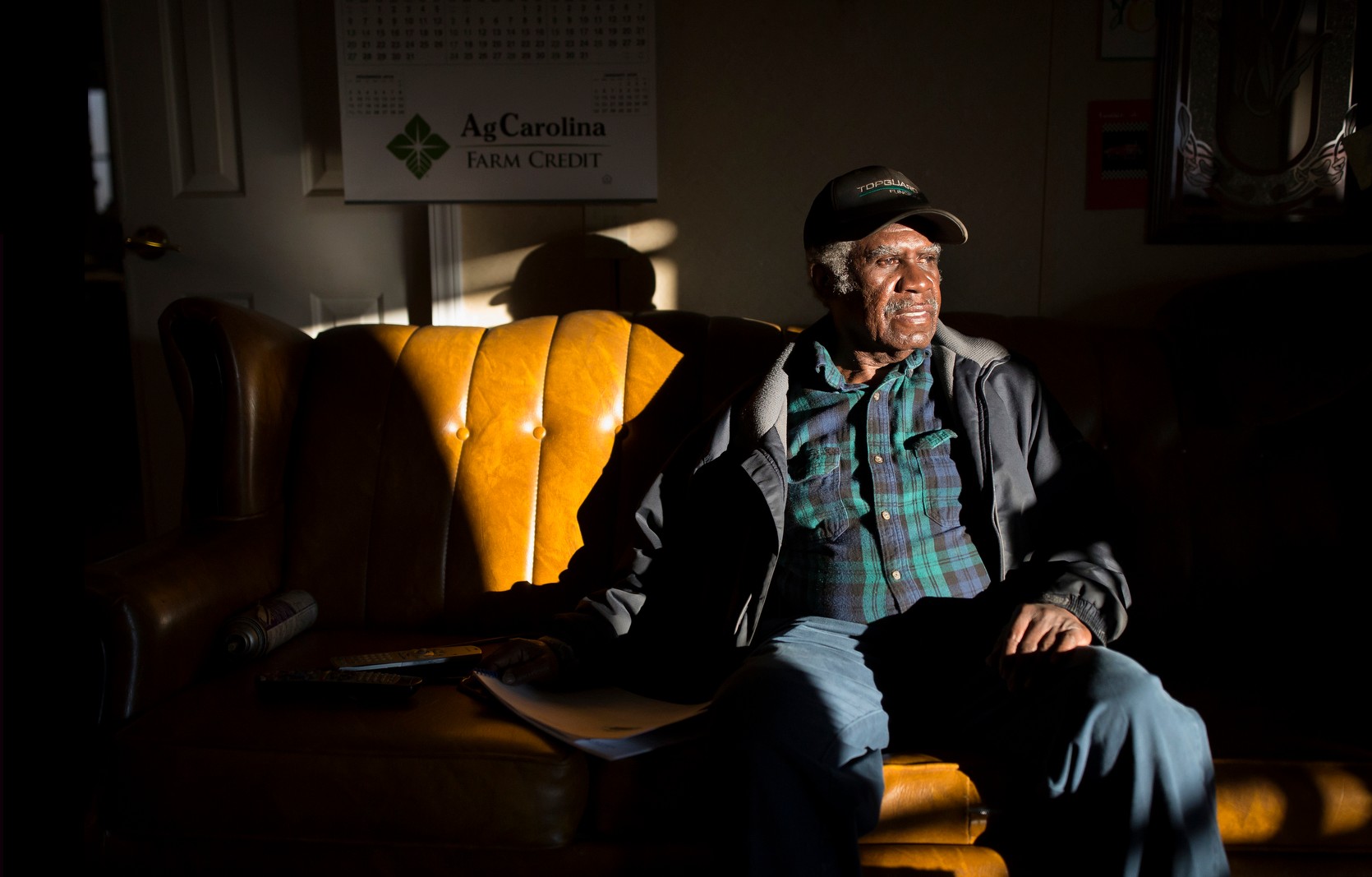
Madeline Gray
According to data we received from a separate FOIA request, the largest 11 percent of soybean producers applying for MFP funds received 52 percent of all soy payments through February 20. Meanwhile, the largest 3 percent received more than a quarter of all payments.
The Trump administration plans to distribute up to an additional $14.5 billion to farm operators for crops produced this year. Most of that money will go to well-off white families.
These disparities are the result of historical and recent discrimination. The federal government played a role in withholding farmland from, and dispossessing, farmers of color, especially black and Native American ones. And as we documented in a recent article, USDA has done little to address its atrocious civil rights record. The MFP continues to exacerbate these racial inequalities today.
